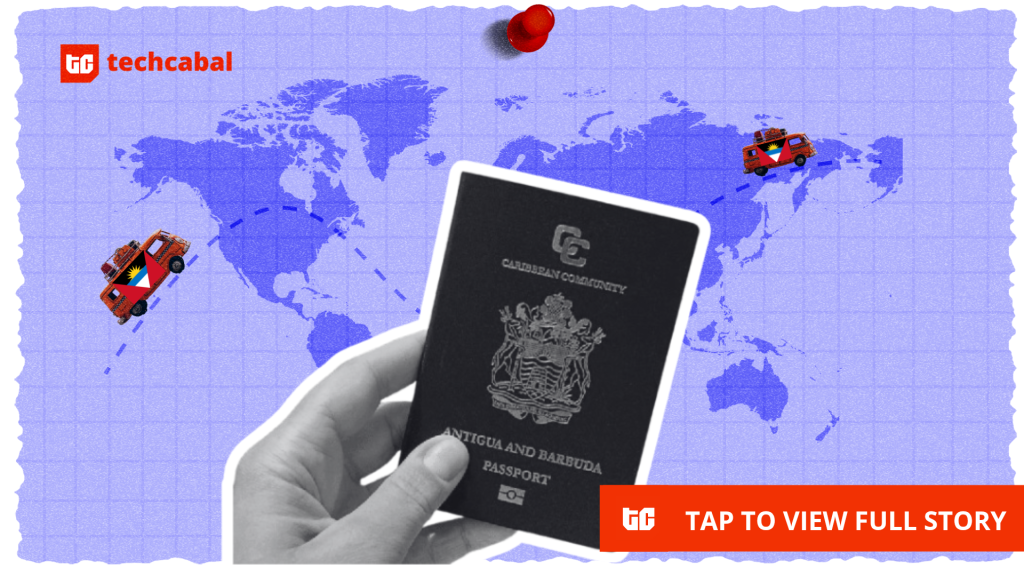Ah, the coveted front page.
Thousands have tried, and thousands have failed.
HackerNoon receives hundreds of story submissions every day, yet, only the best of the best make it to the coveted front-page placement. With only 5 placements per day, here’s how you can maximize the chances of your story being left, right, and center of readers.
Front-page selection isn’t luck—it’s craft + timing + packaging. Editors aren’t chasing “good stories”; they’re chasing the best possible story right now that reflects the brand, fuels conversation, and respects readers’ time.
Editors weigh five levers—hit at least three hard to make it to the top:
- Timeliness: Why this today? (embargo, breaking change, looming deadline)
- Novelty: What’s new here? (scoop, contrarian take, unseen data, leaked doc)
- Impact: Who’s affected and how? (policy, price, privacy, safety, jobs)
- Authority: Why us and why you? (access, expertise, proven beat depth)
- Package: Can we show it? (original charts, annotated screenshots, demo video)
Get those right, and you won’t be chasing the front page—the front page will be chasing you. Here’s how.
Timeliness — Why This, Today?
Every great story answers one question better than any other: why now? Editors live by the clock. A piece that could have run yesterday—or next week—won’t survive a morning pitch meeting.
Build an instinct for momentum. The closer your story feels to the pulse, the better your odds.
:::tip
Speed up your workflow, jump into the following templates to rush right into a draft.
:::
Novelty — What’s New Here?
No editor wants a recap of something the entire internet already summarized yesterday. Novelty is about new information or a new frame of understanding.
That could mean an unreleased data point, a leaked doc, or a fresh contrarian angle that reframes the story everyone else missed. Ask yourself: Can readers learn something here they can’t get anywhere else?
:::tip
Use HackerNoon’s Tech Company News In Context template to stand out of the riff raff.
:::
Impact — Who’s Affected, and How?
Editors greenlight stories that matter. “Matter” means people, money, privacy, safety, or jobs. The broader or deeper the impact, the more shareable and defensible the coverage. Don’t assume readers will connect the dots—spell it out. Who gains? Who loses? What changes tomorrow because of this? The story’s human consequence is what makes it front-page material, not just its technological cleverness.
Authority — Why Us, and Why You?
Every newsroom has its domains of trust. Maybe yours is gaming hardware, data privacy, or emerging AI tools. Editors will prioritize a story if it feels like it’s coming from someone who owns that beat. That’s “authority.”
Show your reporting depth—it’s evidence that you can tell this story better, faster, and more accurately than anyone else.
:::tip
Keep an eye out for HackerNoon’s Blogging Courses if you want to sharpen your blogging skills.
:::
Package — Can We Show It?
Good writing gets you in the room. Strong packaging gets you on the homepage.
Even the cleanest prose can’t compete with a weak visual presentation. Always pitch with a visual in mind: a teardown photo, a side-by-side benchmark, a GIF showing the glitch, a map of where layoffs hit hardest.
If you can show what others only tell, you’ll almost always win the slot.
:::tip
Use the HackerNoon AI Image Generator to create your own images!
:::
You don’t need to max out every lever—but your story should lean hard on at least three.
If you can answer all five clearly, your editor won’t just approve your story—they’ll feature it. Because front-page stories aren’t about luck or politics. They’re about precision—knowing which levers to pull, and when.
Good luck!







